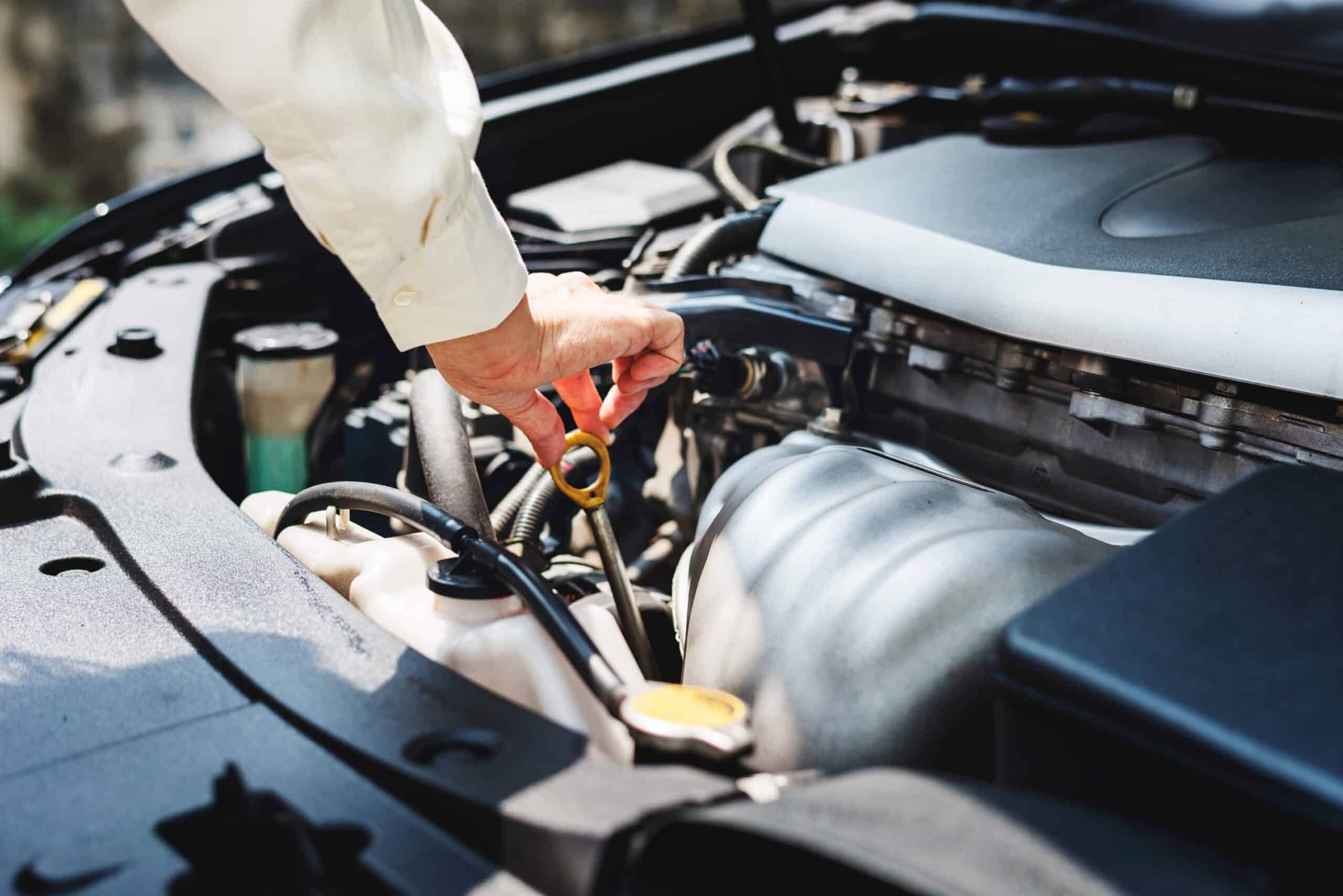
It may be a bit challenging to ascertain if the problems with your car are originating from its torque converter or transmission. As such, mistaking the symptoms of a failing torque converter for that of the transmission could lead to a waste of time and resources – without getting the solution that was expected.
A repair shop, on the contrary, will be able to determine the root cause of the problem just by analyzing these signs. That does not mean that you too can’t tell if the problem is from the torque converter. However, it begins by knowing the symptoms of a faulty torque converter and the replacement cost that will be needed.
What Are Torque Converters?
A torque converter is a crucial component located between the engine and transmission. It transfers power from the engine to the transmission and replaces the manual clutch. Additionally, it optimizes engine power output by multiplying torque at low RPMs.
Symptoms of Torque Converter Problems
Some symptoms of torque converter problems have been outlined below. These are the signs you should be on the lookout for to ensure your car does not fail when you least expect.
1. Slipping
A torque converter can slip out of gear or delay a shift its fin or bearing is damaged. This is because the torque converter changes the engine’s torque into hydraulic pressure that is required to ship the transmission’s gears.
In the same vein, inadequate or excessive fluid in the transmission can cause the gears to perform in an unexpected manner. One of such is slippage which is evident in the car’s loss of acceleration and reduction in fuel economy.
2. Overheating
Another sign of a problem in the torque converter is if your car’s temperature gauge indicates that there is overheating by flashing a transmission control unit light on your dashboard. This sign may be triggered by a decline in the fluid pressure or a malfunctioning solenoid.
Slipping while you’re driving can also lead to overheating. On the other hand, overheating is not a good thing for your converter since it can lead to the wear of the transmission’s internal components. Moreover, the converter will not be able to carry out its primary function of transferring power from the engine to the transmission.
3. Contaminated Transmission Fluid
A torque converter is filled with Automatic transmission fluid (ATF). If the fluid contains debris, grime, or a black sludge, it is contaminated, and this is a sign that the transmission is damaged. Also, dirty fluid can impact the components of the torque converter such as the stator’s bearings and turbine’s fins.
To prevent either of these from happening over time, you need to ensure that you have high-quality fluid in your transmission at all times. Keep in mind that you can save a lot of money by just replacing the dirty fluid.
4. Shuddering
Your car is shuddering when you’re moving on a smooth road, yet it feels like you’re on a rocky surface which makes the ride bumpy – it is a sign that there could be a problem in the lockup clutch located in the torque converter.
What happens here, is the difficulty of the lockup clutch to enable the converter to make a smooth transmission to direct drive. Thus, if you experience this occasionally, employ the services of a local repair shop.
5. Increased Stall Speed
The point at which the engine’s RPMs are high enough for the torque converter to transfer the engine’s power to the transmission is called stall speed. A damaged torque converter will be unable to provide a seamless transfer of the engine’s rotational force into hydraulic pressure.
The downside to this is that there could be an increase in the normal stall speed, and as such, it could take the transmission more time to engage the engine.
6. Unusual Sounds
A bad torque converter will emit noises, and that is an obvious sign that it needs to be checked. Therefore, if you hear a whirring or clicking sound, either from the damaged bearings or broken turbine fin, you need a replacement.
Causes of Torque Converter Problems
Before your torque converter shows signs of failure, you need to be wary of what could lead to it. Thus, the following are some of the causes of torque converter problems.
1. Damaged Torque Converter Seals
If the torque converter seal is damaged, it could cause the transmission fluid within the bell housing to leak. When that happens, the torque converter will be unable to provide a smooth transfer of power from the engine to the transmission. As a consequence, there could be overheating, slippage, higher stall speeds, among other problems.
2. Damaged Torque Converter Clutch Solenoid
The torque converter clutch solenoid is an electronic component that helps to measure the fluid pressure and regulate how much fluid the lockup clutch receives.
If the solenoid is faulty, there won’t be an accurate measure of how much transmission fluid is a need which could lead to abnormal fluid pressures. As a consequence, there could be irregular behaviors such as poor gas mileage, engine stalling, among others.
3. Degraded Torque Converter Clutch
Torque converter clutches help to lock the transmission and the engine into direct drive. However, a damaged torque converter can cause the car to stay in gear even when the driver has come to a stop. This converter also can lock into direct drive especially if the clutch plate’s friction material has worn away.
4. Faulty Needle Bearings
The needle bearings separate the stator, turbine, impeller, and converter housing. Alternatively, faulty bearings could lead to the creation of noises while driving. It could also lead to the accumulation of metal chips in the transmission fluid due to metal to metal contact between these components of the torque converter.
Torque Converter Replacement Costs
Replacing a torque converter is generally more affordable than a full transmission replacement. A new torque converter typically costs between $150 and $350, depending on your vehicle’s make and model.
If you have the skills and tools to replace the torque converter yourself, you might spend between $150 and $500. This estimate includes the cost of the part and any additional supplies you might need. On the other hand, if you prefer to have a professional handle the replacement, expect to pay between $600 and $1000. This cost covers both the labor and parts. The replacement process usually takes between 5 and 10 hours, depending on the complexity of the job and the specific vehicle.
While DIY replacement can save money, it’s important to weigh these savings against the potential risks and the need for specialized tools. Professional repair ensures the job is done correctly, which can help you avoid further issues down the line.
The Bottom Line
Recognizing and addressing torque converter problems promptly can prevent more severe transmission issues and costly repairs. By being aware of symptoms such as slippage, overheating, or unusual noises, you can avoid extensive damage to your transmission.
The cost of replacing a torque converter is relatively low compared to the potential expenses of repairing or replacing a damaged transmission. Acting quickly can save you both money and inconvenience. Whether you choose to replace the part yourself or seek professional help, timely intervention is crucial for maintaining your vehicle’s performance and reliability.
In summary, keeping an eye out for symptoms and addressing issues with your torque converter as soon as they arise is essential. Taking prompt action will help ensure that your vehicle continues to operate efficiently and remains in good condition.

